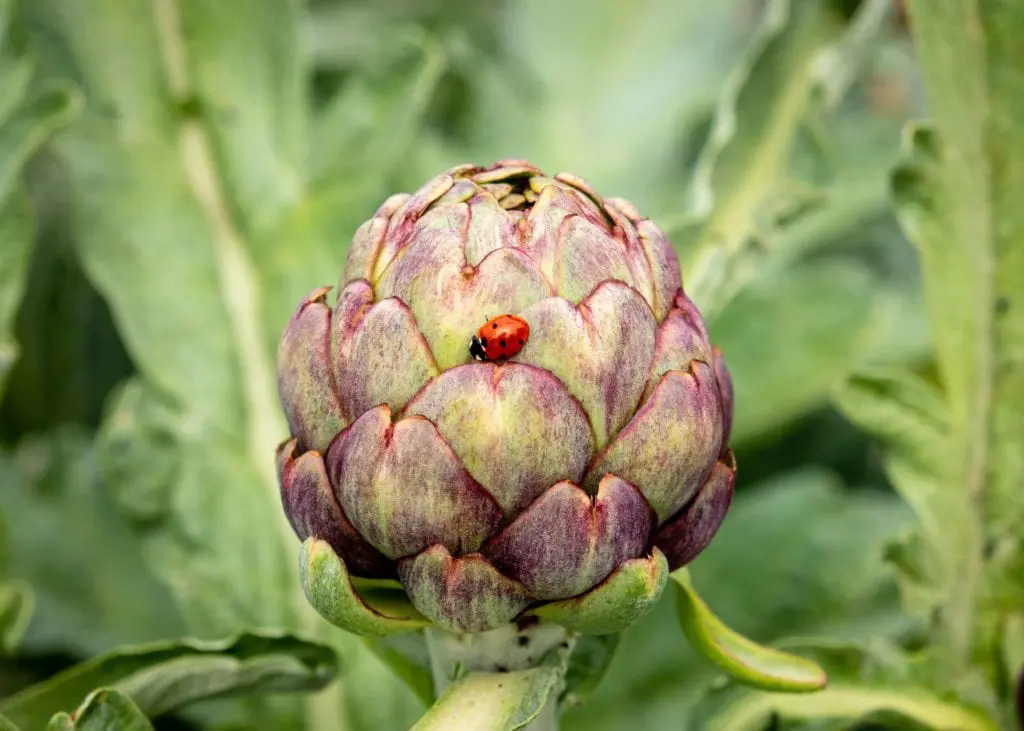Rural living means wide-open spaces, fresh air… and few restaurants and grocery stores. Everybody needs to eat, but feeding your family in a rural environment isn’t as convenient as it is in a city or suburb. Your nearest town almost certainly has limited options for grocery stores, sit-down restaurants, and fast food joints, and meal delivery is not part of country living. The good news is there are plenty of sustainable options to balance out these changes.
Set Your Expectations
Before making the move to a rural community, you’ll have to consider your food situation. Here are some questions to ask:
- How far are you willing to drive to get daily staples?
- Are you willing to let go of curbside pickup and grocery delivery?
- How important is eating out to your social life and happiness?
- How much do you actually like cooking?
- How frequently do you get fast food or use meal delivery services, and can you adjust to cooking those meals?
No matter how much you love cooking or how infrequently you eat out, limited grocery stores in rural areas will impact your daily life. You may have to drive a ways to get to a town with a Wal-Mart or other grocery chain. If you’re used to shopping at high-end grocery stores like Central Market or Whole Foods or frequent import stores for specialty ingredients, you’ll need to make additional lifestyle adjustments.
Alternative Food Sources
While there might not be a steakhouse around the corner, one of the biggest draws of rural living is growing your own food and sustainable living. Raising livestock may be what you’re thinking, but edible gardens and orchards are great options too.
Edible Gardens

A backyard fruit or veggie garden is a great place to start when it comes to sustainable food sources. A fruitful garden (pun intended) is an excellent source of some of the foods you eat daily. But edible gardens don’t come together on their own. The bulk of the work and cost needed for edible gardens involves planning the garden layout, organizing the irrigation, and actually building the beds. Routine maintenance throughout the year revolves around caring for plants, weeding, and harvesting.
Steps to Creating an Edible Garden
- Make a list of the plants you want to grow, and research what strain or cultivar grows best in your plant hardiness zone for different seasons.
- Plan out how much produce you want to yield, and determine how many beds you need to build.
- If you want to do drip irrigation, make an irrigation plan.
- Plan how to keep your produce safe. Raised garden beds keep healthier soil and minimize weeds, while fencing and underground barriers provide further protection from critters.
- Find a spot with the appropriate amount of sunlight that isn’t too far from the water source.
- Buy your supplies. This includes the materials to make the garden beds and any critter-proofing, seeds, compost, and tools. Plan for this to cost at least $1,000.
- Dig out the grass where you’ll place your garden.
- Build the raised garden beds.
- Dig your irrigation trench and run all your irrigation lines.
- Fill the beds with soil.
- Do your critter proofing (it’s important this is done before you plant plants or seeds).
- Plant your plants or seeds.
If you aren’t ready for a fairly intense construction and landscaping project, you can still enjoy a small-scale edible garden. Growing herbs on the kitchen windowsill gives you fragrant and fresh ingredients for home-cooked meals, no power tools or shovels needed! If you already have a garden, you can intermingle edible plants like nasturtiums, Swiss chard, and sweet peas in your landscape plan.
DIY Orchards
Mature fruit trees give homesteaders significant bang for their buck come harvest time. You’ll likely end up with more food than you need, which means you can also save money on long-lasting treats like jams or canned produce. Beautiful flowering fruit trees, falling fruit as fertilizer, and increased value of your home are added bonuses.
While you can’t just drop a seed into a hole in the ground and expect it to flourish, if you pick the right type of tree for your growing zone, you shouldn’t have overwhelming regular maintenance work. Harvesting is hard work, but preserving your yield can be done inside with air conditioning and your preferred method of screen time.
To decide if an orchard is right for you, consider these benefits:
- They save you money on fresh fruit and preserved products.
- Fruit trees are beautiful, and mature trees increase the value of your home.
- Flowering trees attract beneficial pollinators.
- Planning an orchard isn’t as involved as planning out raised garden beds.
- Maintaining an orchard isn’t as difficult as raising animals.
If orchards are so awesome, why doesn’t everyone have one?
First, fruit trees need plenty of space and healthy soil, so people who have less than 10 acres of land can’t support more than a few trees. Having a larger plot of land on a homestead is the first component of raising numerous healthy trees, but you’ll still need to take soil samples to see if you have the right kind of loam for your desired trees.
Second, the sticker shock of buying a young tree is real. Buying a healthy fruit tree from a reputable nursery is between $150 and $300 per tree. Smaller citrus plants like lemons and limes are at least $50. Being a failed arborist is a lot more expensive than killing a few tomato plants in your raised beds.
Third, even after you spend the money on a starter tree and break your back digging a hole for it, you have to wait a few years for the tree to start producing fruit. Citrus and apple trees take about five years to start producing fruit, and it’s about three years before peach trees start yielding delicious food. Almonds can take up to 12 years to reach maturity, while pecans take around 20 years before you can start harvesting.
Finally, harvesting season is hard work. After you get your trees to maturity, you still have to handle and preserve the produce. Picking fruit and dealing with windfall is labor-intensive, especially if you don’t have industrial-scale farm equipment. Once you get the fruit off the tree and into your house, you still have to process anything you can’t immediately eat by canning, freezing, pickling, and making jam.
If you aren’t able or ready to start your own orchard, take a baby step with one or two trees and go from there. Finding the best way to enjoy your rural home is a work in progress, not a race, so you have time to try things out.
Good Meals without Harvesting

If you’re not ready to jump into growing your own food, there are still easy ways you can enjoy tasty food and feed your family without driving far into town each time.
- Meal prep: Even if you don’t go all out with special Tupperware and pre-portioning, planning meals before you make a trip into town will help you shop accordingly.
- Make cooking easy: Find recipes that don’t require a lot of prep work.
- Embrace home-cooked meals: Prepare fancy meals with your entire family for a fun home activity.
- Buy in bulk: Stock up on non-perishables and food that lasts a long time to limit how frequently you need to go into town.
- Learn to bake: The ingredients needed to make delicious baked goods last far longer than pre-baked treats or fancy bread. Learning to bake saves you money on treats, and allows you to stock up on long-lasting staples.
- Order specialty ingredients online: If a recipe you like features rare spices or specialty, long-lasting ingredients your local grocer doesn’t stock, check online.

After graduating in 2016 from The University of Texas with a degree in English, Sanda Brown became a content writer for the BDX with a focus on website copy and content marketing.
At the BDX, Sanda helps write and edit articles on NewHomeSource.com, writes website copy for builders, and manages a team of freelancers that work on additional content needs.
 How to Build a House in Pennsylvania
How to Build a House in Pennsylvania